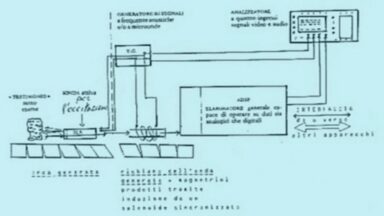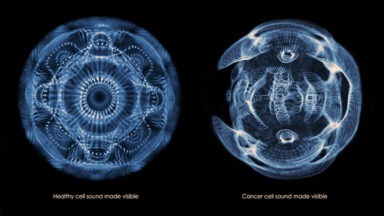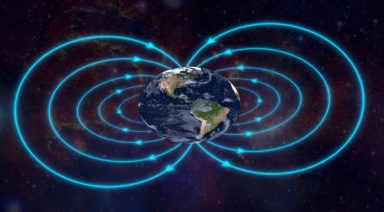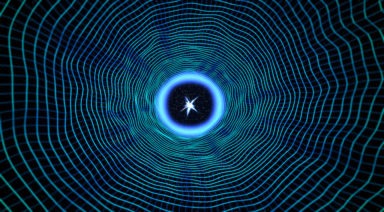Will NASA’s New Telescope Discover ET Life?
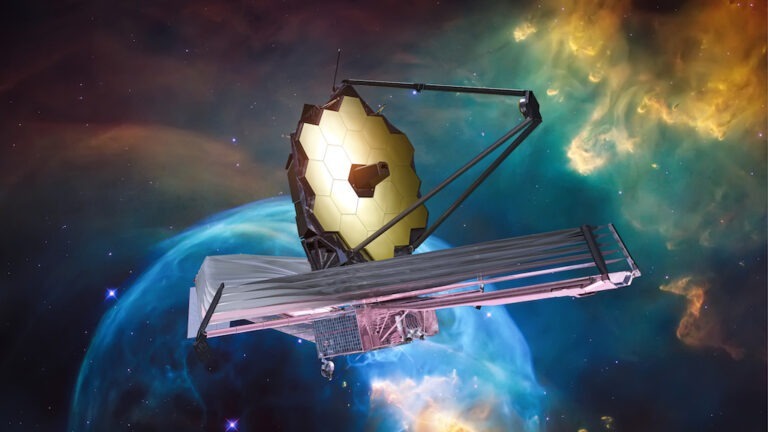
The spectacular first images from the James Webb Space Telescope are finally here and they do not disappoint.
After years of planning, construction, delays, and a cost of about $10 billion, we finally have the first images from the James Webb Space Telescope. Launched in December of 2021, the JWST is the largest and most powerful space telescope ever to be put in space.
Astronomers have waited a lifetime to see with such amazing clarity deep into space. JWST does this by operating in the infrared spectrum; it “sees” light that is outside the visible spectrum of our naked eye and previous telescopes like Hubble.
NASA released photos of the first five targets noting, “These first images from the world’s largest and most powerful space telescope demonstrate Webb at its full power, ready to begin its mission to unfold the infrared universe.”
We caught up with astronomer and Gaia News contributor Marc D’Antonio on the road in Arizona, to break down the images.
“I saw these images and the release of all five different images represent a different aspect of what this telescope can do — absolutely astonishing to me — from galaxies to gas clouds, this telescope hands down, has the ability to show us so much that we don’t understand.”
Most laypeople are impressed by the images, but what does an astronomer see? What should we be looking for?
“If you look at that large-scale shot, the deep field shot that the JWST took, that image encompasses a whole bunch of things happening there. In one case, you see galaxies that are stretched and curved. That is called gravitational lensing and we’re seeing the result of a galaxy cluster that’s in the foreground warping images of galaxies behind it. Those red galaxies on the outside, those galaxies are literally 13.6 billion years old. These are formed just after the Big Bang itself. This is kind of cool, I should say, it’s filling in the gaps. We haven’t been able to see back that far with any of our instrumentation. And when you say ‘see back that far,’ it really means the galaxies are so far away and moving so fast away from us, that their light has all shifted into the far-infrared where none of our telescopes have been able to penetrate until now.”
How will this help in the search for extraterrestrial life?
“This telescope is going to help us in the search for extraterrestrial life when it starts looking at exoplanet atmospheres. Now, it looked at the WASP-96 b planet’s atmosphere and it could see chemical traces in the atmosphere. This is something that’s extremely important because right now, up to this point, we have not been able to really, accurately look at atmospheres of planets around other stars. Now we have that capability. This is going to herald in an era of potentially finding another Earth-like planet with an oxygenated atmosphere.”
What does this latest discovery mean for the future of astronomy, space exploration, and even humanity?
“If you look at the JWST and the data they’re pulling in, and in a sense, all of these projects embody the human need to find answers. That’s what we’re doing, we’re hunting down answers to whether we’re alone in the universe and we’re trying to solve mysteries of the universe. The Webb’s first five images have already started to solve a huge number of mysteries.”
Upcoming Shift in Lunar Cycle May Cause Major Flooding

A shift in the moon’s orbit may lead to massive flooding in the future. What’s really going on with the moon’s upcoming wobble?
In a new report from the NASA Sea Level Change Science Team at the University of Hawaii, scientists warn that an upcoming natural phenomenon in the moon’s orbit, combined with rising sea levels, could cause record flooding along coastal regions. NASA administrator Bill Nelson said in a statement, “[l]ow lying areas near sea level are increasingly at risk and suffering due to the increased flooding and it will only get worse.”
The moon affects tides on Earth every day, so why is the cause for alarm now?
Astronomer and Gaia News contributor Marc Dantonio said, “Every 18.6 years, the moon reaches a point where it’s the highest in its declination, and that’s the point where it’s going to also be above the Earth’s equator. When the moon is actually also at a point where it’s closest to the Earth because of the elliptical orbit, if all those things correspond and combine to be at one point like this, then that’s where the researchers at the University of Hawaii says that we’re looking at potential flooding.”






